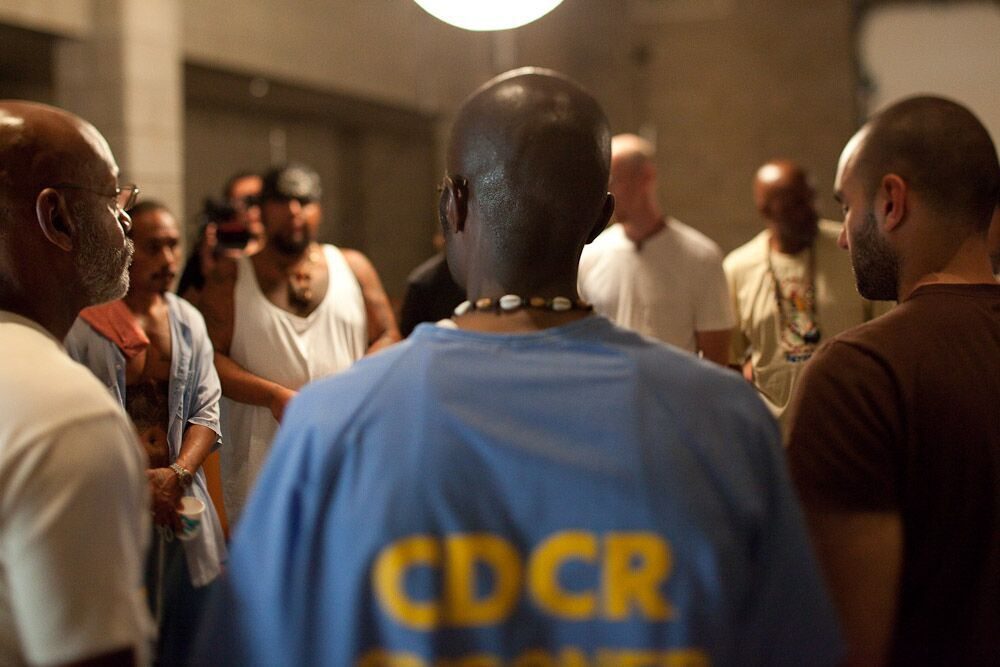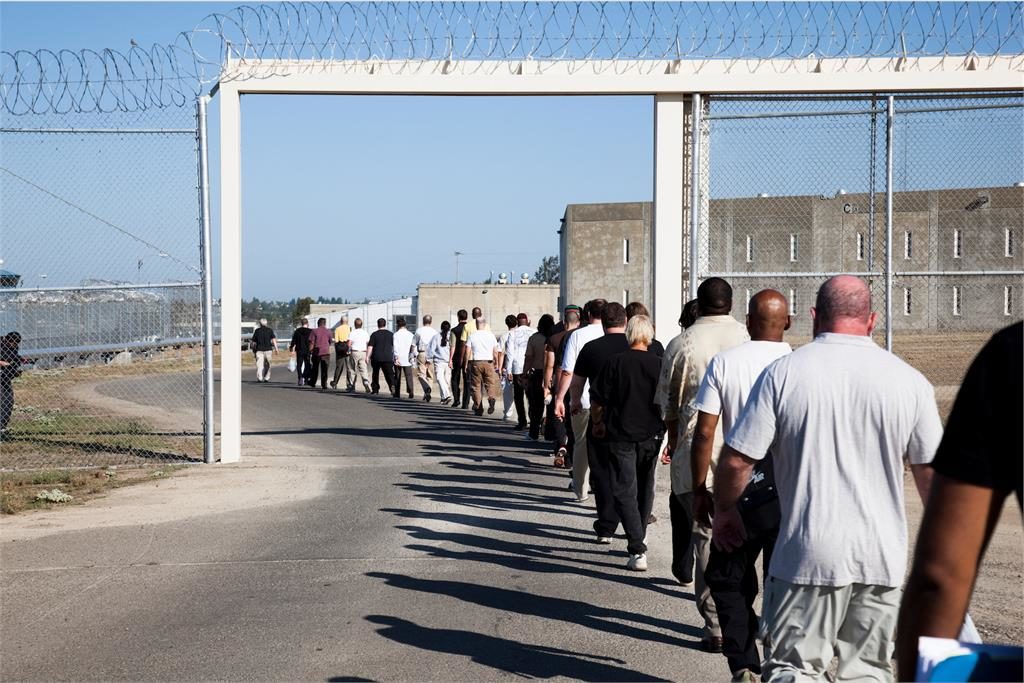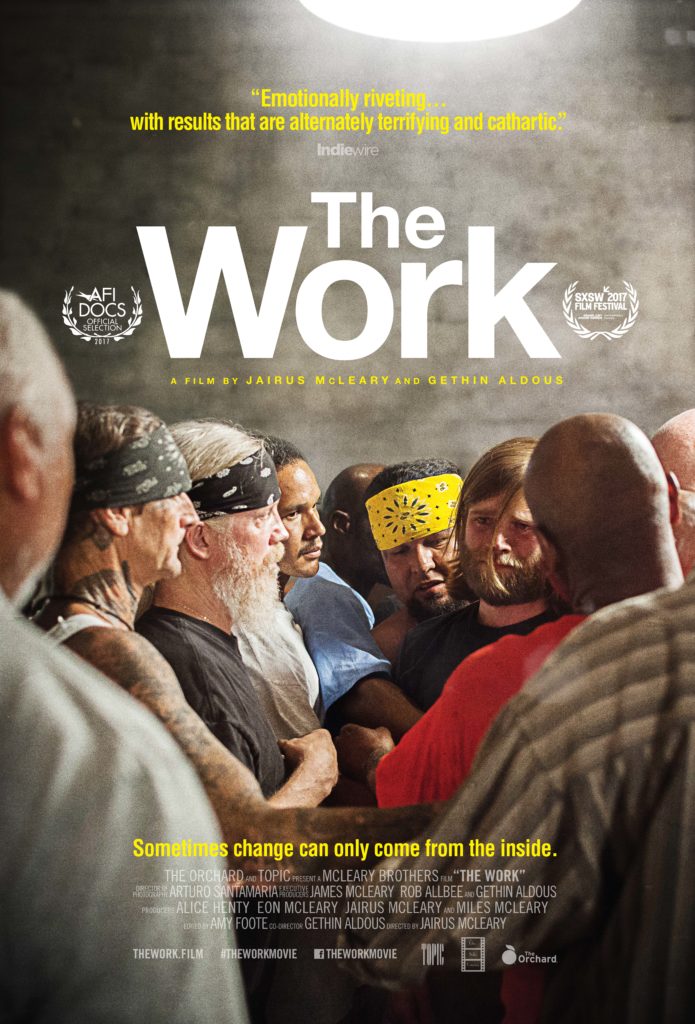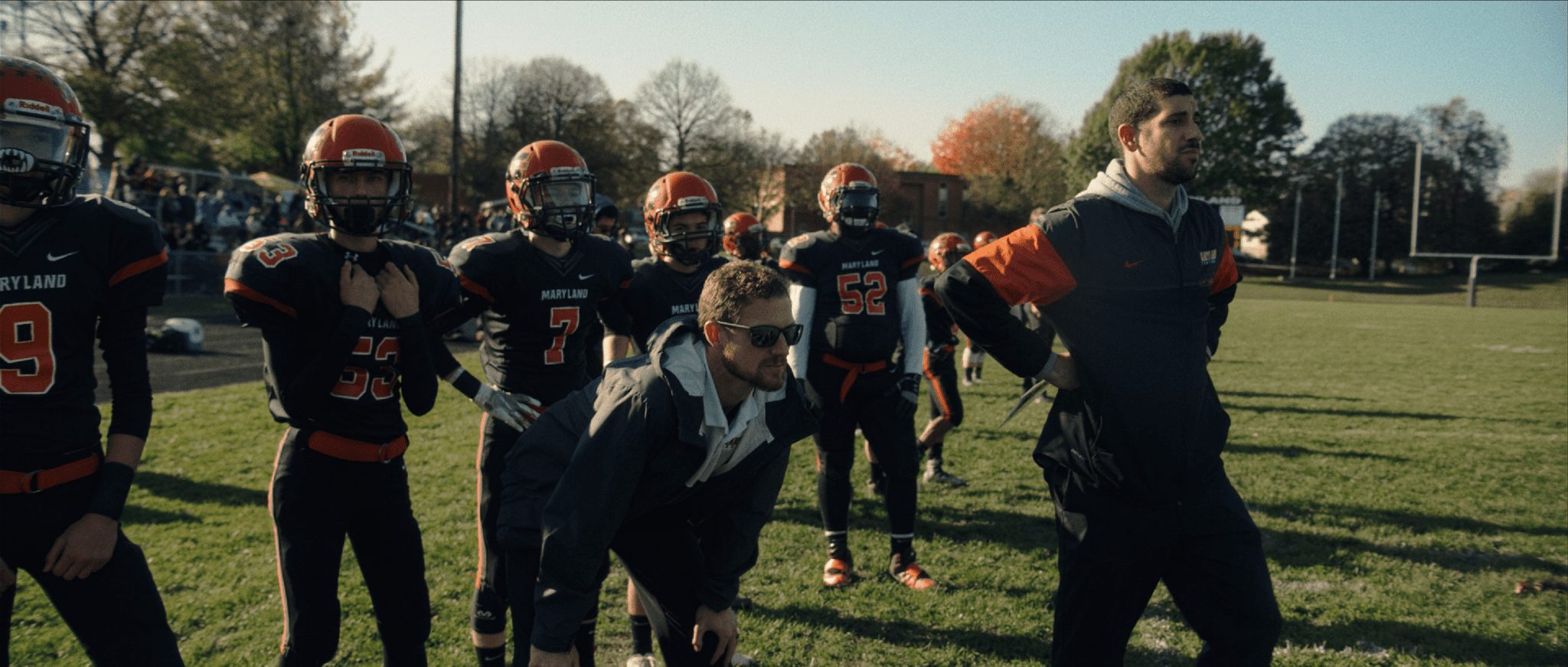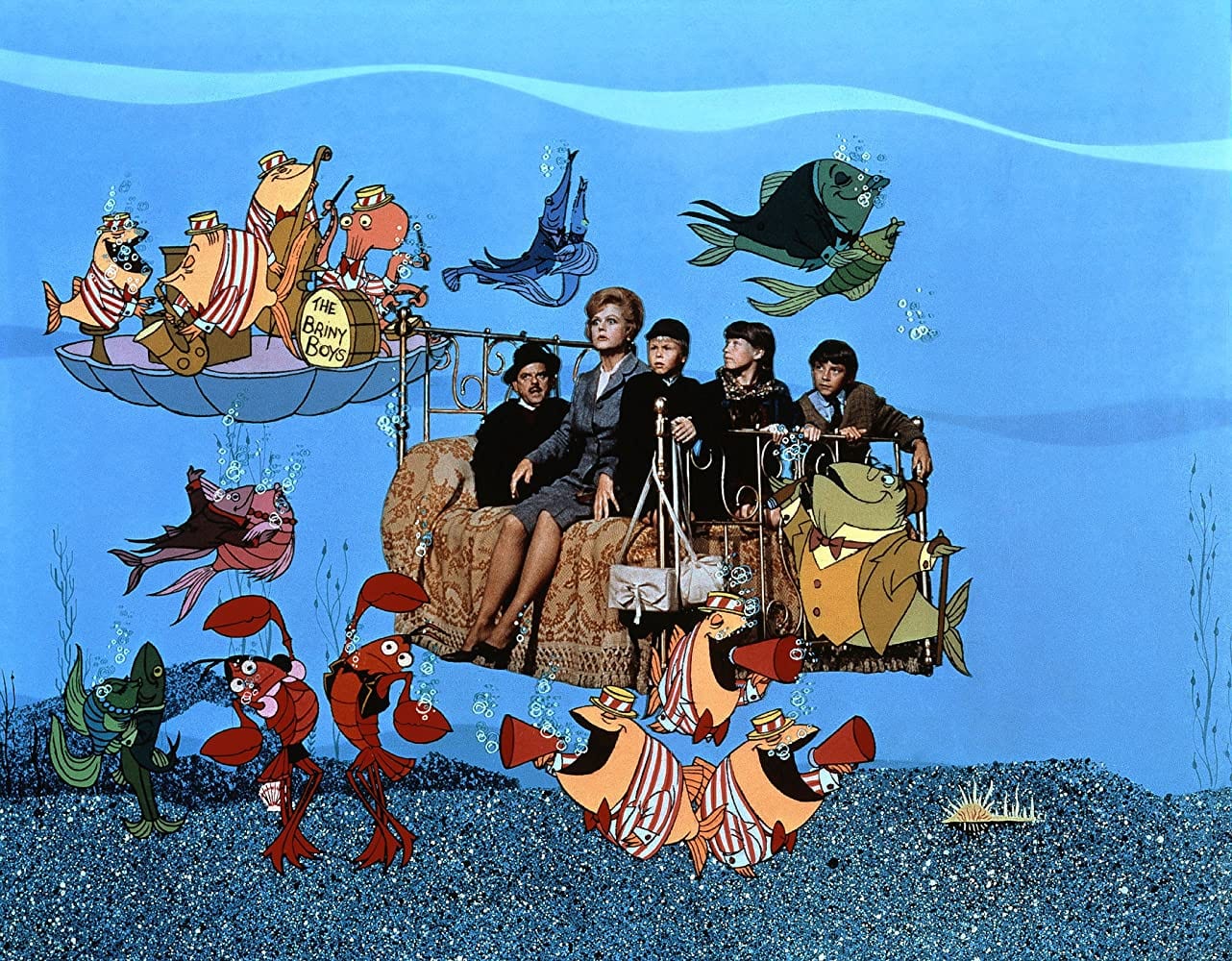Raw emotion is the driving force in the documentary The Work. In California?s Folsom State Prison, some of the inmates take part in group therapy to try to rehabilitate themselves. Twice a year, people from outside the prison come to take part in a four-day intensive group therapy experience. Each person from the outside teams up with two convicts who have been through this experience. Those convicts serve as guides in the process. This film follows three outsiders and shows us a small bit of what took place in their group and the way those in the group, both outsiders and convicts, were able to strip away some of the ways their emotional defenses and rip one another out of comfort zones so they could confront their pains, fears, and sorrows.
By its very nature, this film is highly voyeuristic in that we are observing very intimate moments in people?s lives. These men bare their souls in ways they probably never expected to have happen. The cathartic events that take place are often very physical and often somewhat violent. Yet through it all, those involved inspire trust in each other. Among the emotional issues that come out in these sessions are unresolved grief, betrayal, absent fathers, the difficulty of separation from everyone you love, and the temptation to give up on life.
One of the values of the film is that it introduces us to convicts as human beings, flawed as we all are, but also as caring people who are willing to share themselves to help others. These are not low-level prisoners. They are gang members and killers. Many are serving very long sentences. Some may never walk out of prison. They are white, African-American, Hispanic, and Native American. We come to genuinely like and care for these men. We realize that there is more to them than the worst things they have ever done.
The filmmakers had to establish a great deal of trust with the participants in these sessions. The cameras are not some far off observer, they are right on the edges of the group. And when the sessions are in progress, these cameras capture not only the emotional explosions, but also the ways that the men facilitate the possibility of healing.
The part I think is missing from the film is some sort of background on the three outsiders we follow through this process to understand why they would choose to undergo this kind of process. It would also be interesting to hear from them some time later, what effect doing this has for their life after they are back in the real world.
Photos courtesy of The Orchard

